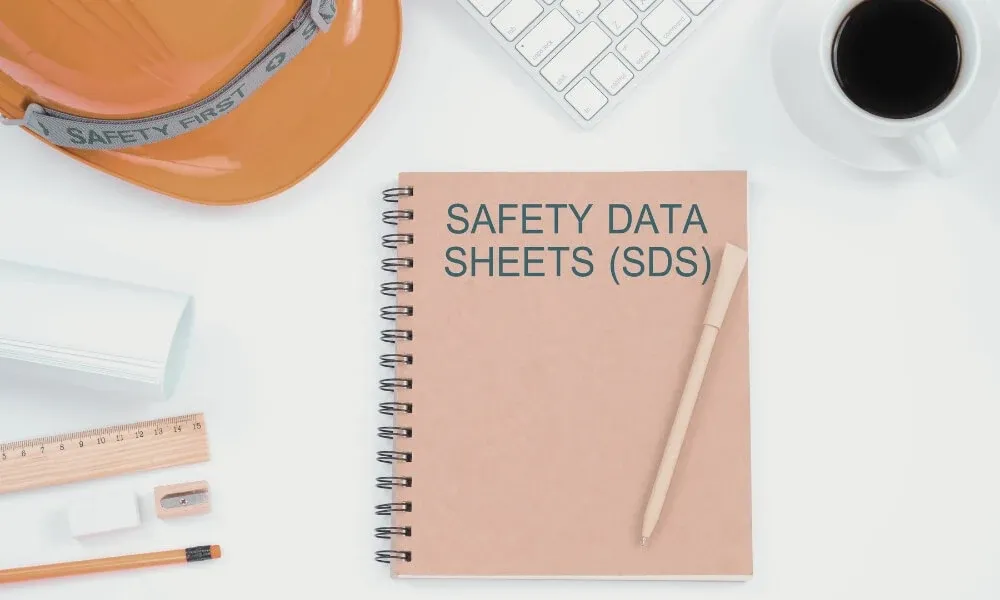By Law, Who Is Responsible For Providing Safety Data Sheets?

Knowledge is the first line of defense in the vast world of chemicals and hazardous materials. Whether you’re a laboratory scientist, a factory worker, or an office employee, understanding the substances you’re dealing with can mean the difference between safety and catastrophe.
Enter the Safety Data Sheets (SDS) – comprehensive guides detailing the properties, uses, and safety measures for chemicals. But have you ever wondered whose job it is to provide these crucial documents? Dive into our exploration of the legal responsibilities behind the provision of SDS and discover the key players ensuring our safety in chemical management.
By Law, Who Is Responsible For Providing Safety Data Sheets?
Safety Data Sheets (SDS), formerly known as Material Safety Data Sheets (MSDS), are critical in safely handling, using, and disposing of chemicals. They provide detailed information about a substance or mixture for use in workplace chemical management.
With globally harmonized systems and regulations, SDS is paramount to ensure worker safety and environmental protection. But the pivotal question remains: Who is responsible for providing these essential documents by law?
1. The Manufacturer or Producer of the Chemical
The primary responsibility for producing and providing an SDS typically falls on the manufacturer or producer of the chemical. They know the most about the chemical’s properties, hazards, and safety precautions.
It is incumbent upon them to generate accurate, comprehensive, and up-to-date information about their product. This is not only a legal obligation but also a matter of ethical responsibility to the users and handlers of their products.
2. Importers and Distributors
In cases where chemicals are imported, the importer is often responsible for ensuring that the chemical product they bring into a country has a compliant SDS in the country’s language that adheres to local regulations.
Similarly, distributors that buy and sell chemicals must pass along the relevant SDS to the next party in the supply chain. Distributors must ensure that the end users, typically employers and their workers, have access to the SDS.
3. Employers
Employers play a vital role in the dissemination of SDS. By law, in many jurisdictions, employers must maintain an accessible collection of SDS for all hazardous chemicals present in their workplace.
This means ensuring employees can easily access these sheets during every work shift. Employers are also responsible for training their employees to read and understand the information provided in the SDS.
4. International Standards and Regulations
The obligation to provide SDS is embedded in several international regulations and standards. The Globally Harmonized System of Classification and Labelling of Chemicals (GHS) provides guidelines for generating a standardized SDS.
Many countries have adopted or aligned their chemical safety regulations with GHS, including the United States Occupational Safety and Health Administration (OSHA) through its Hazard Communication Standard (HCS), the European Union through the Classification, Labelling and Packaging (CLP) regulation, and many others.
Conclusion
Responsibility for providing Safety Data Sheets is shared across multiple entities in the supply chain, starting from the chemical manufacturer or producer, extending to importers, distributors, and ultimately to employers.
These responsibilities are mandated by law to ensure that every stakeholder in the chemical management process, especially the end-users, is fully informed of the hazards associated with the chemicals they handle and the protective measures they can take. This shared responsibility is foundational to maintaining a safe and informed workplace.



